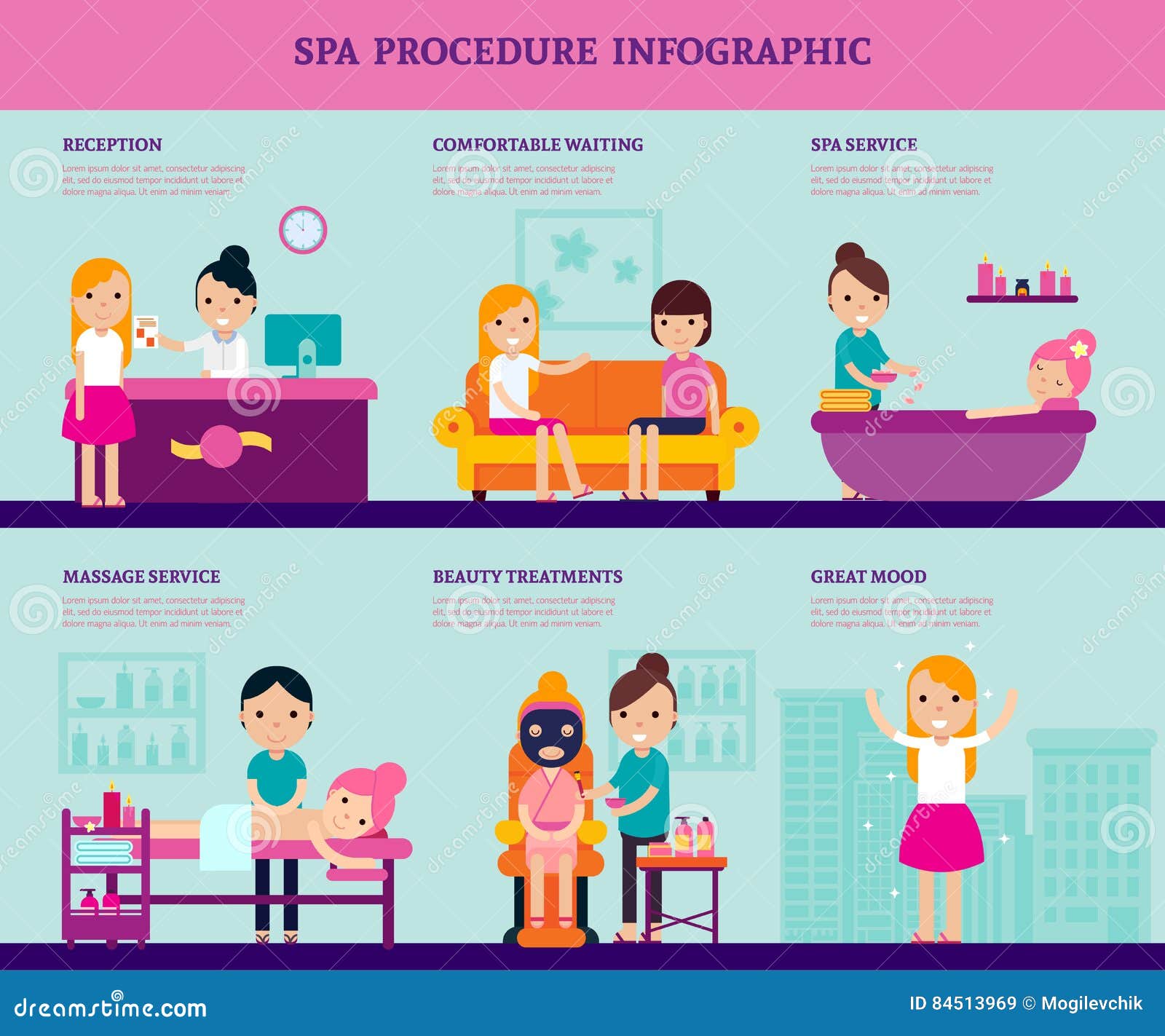Photodynamic treatment (PDT) combines a light-sensitive medication with special light to eliminate cancerous and precancerous cells. Your physician places the medication on your skin or inside your eye and afterwards radiates a light on the therapy area.
This mix eliminates cancerous cells and spares healthy cells. Yale Medication pulmonologist George Eapen, M.D., describes exactly how this works.
The Photosensitizer
Photodynamic therapy (PDT) makes use of a mix of light and a medicine called a photosensitizer to kill cancerous or precancerous cells and extra healthy and balanced tissue. You obtain a shot of the photosensitizer, which is after that triggered by light in your body. The photosensitizer is absorbed by both healthy and malignant cells however isn't harmful until it is activated by the light.
Light-absorbing particles, referred to as photosensitizers, are found in plants and animals, consisting of people. There are many photosensitizers, yet the majority of have the ability to absorb a specific series of light wavelengths.
As soon as the photosensitizer is subjected to a light with a matching spooky array, it's converted from its ground state into a fired up singlet state. This allows it to transfer power to molecular oxygen, producing singlet oxygen and totally free radicals that moderate mobile toxicity.
The Light
Throughout therapy, a special light is beamed on the location where the photosensitizer was applied. This light turns on the medication and destroys cancer cells or precancerous cells that it has actually targeted.
The medications that are used in photodynamic treatment have various absorption homes and some of them might take hours to leave typical cells but continue to be longer in cancer or precancer cells. This procedure allows the medical professional to target cancer cells a lot more precisely than various other kinds of treatments that make use of visible light, such as lasers or electrocautery [54]
Photodynamic treatment can treat the earliest spots of sunlight damage called actinic keratosis and can reduce skin cancer cells advancement in people at high danger for establishing the condition. It is additionally an alternative for some clients with wet kind age-related macular deterioration, which is a typical cause of loss of main vision in older grownups. It can not restore the loss of vision caused by this condition, however it can slow down the development of irregular blood vessel development that triggers wet AMD.
The Activation
Photodynamic treatment (PDT) utilizes a medication and light to deal with cancer and other skin disease. It targets precancerous cells and kills them. Unlike other cancer cells treatments that burn and damage, this treatment eliminates precancerous cells while saving healthy cells.
The photosensitizer is provided right into the skin with topical, oral or intravenous management. It is taken in by the tumor cells and activated when revealed to light of a certain wavelength. This activates a sequence of photochemical reactions that creates responsive oxygen types (ROS) that damage lump tissue and kill cancer cells.
PDT is most often made use of to deal with actinic keratoses and in situ squamous cell cancer (Bowen condition). It can likewise be utilized to treat various other kinds of skin cancer, including surface basic cell cancer. It can be utilized alone or with other therapies, such as surgical procedure or radiation. It can also diminish growths in the lungs, allowing surgery or various other therapy to be risk-free and effective.
The Therapy
PDT functions finest in small abnormal locations of microdermabrasion tissue that a light source can get to, such as the skin, eyes, mouth or food pipeline (oesophagus) and lungs. It is also made use of to deal with precancerous growths, such as actinic keratoses, which are sun-damaged cells that can turn into cancer cells.
Physicians provide the photosensitizer as a lotion or shot, and after that shine a light on the therapy area. The light destroys the abnormal cells. While healthy cells absorb the photosensitizer, it remains much longer in malignant cells.
After the treatment, your body normally disposes of the dead cells. Patients with lung cancer might experience divulging blood or have a bronchoscopy to get rid of the lungs of the dead cells. In many cases, your medical professionals might make use of a bronchoscopy to eliminate the photosensitizer from the lungs also if it triggers major signs. It is essential to stay inside your home and utilize sun block when you go outside while the photosensitizer remains in your system.
